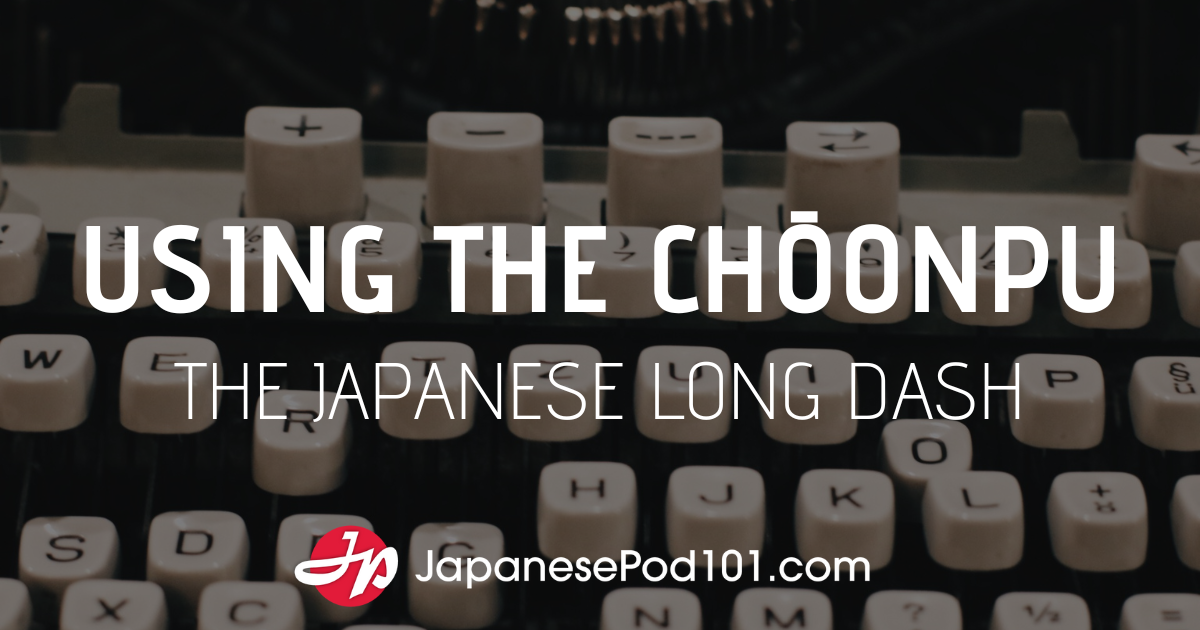
If you have been studying Japanese for any length of time, you might have heard of the JLPT or Japanese Language Proficiency Test. Organized by Japan Educational Exchanges and Services (JEES), a semi-governmental organization, it has kind of become the standard way of measuring one’s Japanese level, at least in terms of their passive language skills (listening and reading).
Japanese learners sometimes use it to find weak points when studying Japanese. And the higher levels of the test can be used to qualify you for jobs and can even earn you points toward a special permanent residency. Even if you currently don’t have plans to work in Japan, knowing about the different levels of the test can help you organize your studies and choose books and resources that match your level.
Since the test was revised in 2010, there have been 5 levels to the JLPT – N5, N4, N3, N2 and N1 with N5 being the easiest. The test leans more heavily toward grammar than vocabulary, so you’ll learn most of the grammar you use on a daily basis with the first two tests, but most of the vocabulary you need to use the language by the N2 level.
But, I’m getting ahead of myself a little bit. Let’s go over each level one by one.
JLPT N5
The N5 gives you a good start to the language. It covers around 600 words, 100 kanji and around 100 grammar points. At this level, you will learn mostly about the building blocks of Japanese grammar – particles. Particles mark all the different parts of the sentence that you are familiar with (the object, the location of something, etc…) as well as some that you are not familiar with like the topic and the subject, which are two important concepts that you will need to understand to use Japanese well.
What it can be used for
The N5 is a good show of achievement and interest in the language. It is worth putting on a resume, but it probably won’t qualify you for a job. Many people study and prepare for this test, but don’t actually take it, instead choosing to take a few practice tests to check their level. If you are looking to save some money and time, it might be worth skipping this one on your way to N4 or a higher level.
JLPT N4
The N4 covers most of the grammar that you need to survive in a Japanese conversation. Truthfully, if you never learned another grammar point after this level, you could probably get around just fine in Japan and understand the grammar used in most conversations. The amount of vocabulary, around 2000 words, falls short of what you will need to be truly fluent though.
You will also need to know around 300 kanji, which is still not enough to help you read a newspaper, but might be enough for you to understand the main idea of a few blog articles.
What it can be used for
The N4 could help you with a job outside of Japan that doesn’t require Japanese but would be helpful if you had some background. If you are not interested in working and living in Japan, this is where a lot of people stop because you have enough comprehension skills and grammar to survive in most conversations. You will still need to learn more vocabulary and kanji, but you are at a pretty comfortable level with the language.
JLPT N3
At the N3, you’ll be forced to start increasing your reading speed and comprehension. A lot of the grammar points introduced at this level are more advanced phrases and expressions as well as things used mostly in reading or prepared speaking. It covers around 5000 words and 600 kanji.
The main purpose of this test is to bridge the gap between N4, which covers a lot of common use grammar and N2 which starts to cover lesser used grammar. Also, it will help you gauge how much you know and understand the vocabulary and kanji you need for N2.
What it can be used for
It can be used outside of Japan in a job that requires some basic use of Japanese that doesn’t exactly require real-time comprehension, like email communications. A lot of companies in Southeast Asia or India that work with Japanese companies might only need a N3 if you can back it up with good conversation skills.
JLPT N2
The N2 gives you most of the grammar you will need to use and understand written and spoken Japanese – around 10,000 words, and 1000 of the most used kanji. Once you’ve passed N2, you should be able to read most native materials with varying degrees of comprehension. You still might only be able to understand the main idea of a newspaper article. But most of the details of young adult novels, advertisements, common notices, and the like should be easy to understand.
In truth, passing the N2 will give you all of the skills you need to eventually deal with most situations in Japan. You will still need a few months to adjust to anything new before working smoothly, but most people will be able to survive.
What it can be used for
The N2 can get a good number of jobs in Japan. If you have good conversation skills, this is realistically all you need to work in Japan. Most companies outside of Japan will accept this as well. Nothing beats N1 of course, but the N2 will do in most situations. You still might not qualify for some highly competitive ‘listed’ jobs, but if you network and meet people, there are plenty of opportunities to be had.
JLPT N1
The king of them all. Although there are grammar points covered at this level, half of the grammar questions are more focused on nuances that are difficult if not impossible to specifically study for. A lot of the study guides and books for this level will give you a decent idea of what this test is like, but you will need regular exposure to native-level material in order to pass.
After passing this test, you will have very strong reading and listening skills. The test forces you to learn good, fast note-taking skills for listening and good skimming and scanning reading skills, which will come in handy at a job that requires a good amount of reading and listening.
What it can be used for
The N1 qualifies you for pretty much any job in Japan. It can also be used to qualify for a special visa that has more perks than a simple permanent residency. It will open a lot of doors for you.
Keep in mind that the time it takes to go from zero Japanese to N2 is about the same amount of time it takes to go from N2 to N1 depending on your background. With that big of an investment in time, it might be worth it to get any job that uses Japanese and learn on the job and spend your study time on another skill or even another language.
Overall
The JLPT is a great way to measure your level as you study Japanese. Even if you don’t sit the test, taking the practice tests and preparing for it will greatly improve your reading and listening skills. Personally, I was never a very good note-taker, even in English. But, studying and preparing for the N2 and N1 really helped improve those skills for me.
If you are getting ready to take the N5, be sure to pick up my JLPT Study Guide for that level. It covers all the grammar, reading, and listening practice you’ll need. And when you are finished you can test your level with the 3 included practice tests.
JapanesePod101 has a lot of great Japanese courses that focus on some of the harder things to listen for on the JLPT that helped prepare me for N3.
For information about the JLPT, stop by JLPTBootCamp.













